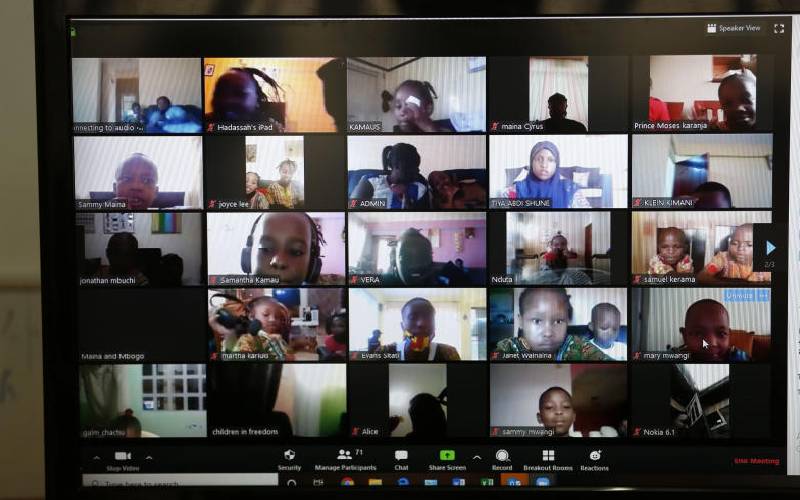×
The Standard e-Paper
Smart Minds Choose Us

Thanks to Covid-19, online learning skeptics are holding their heads in disbelief. The ground just shifted beneath their feet. Look, the traditional classroom learning is fast fading, giving rise to a rather impersonal method of teaching and learning.